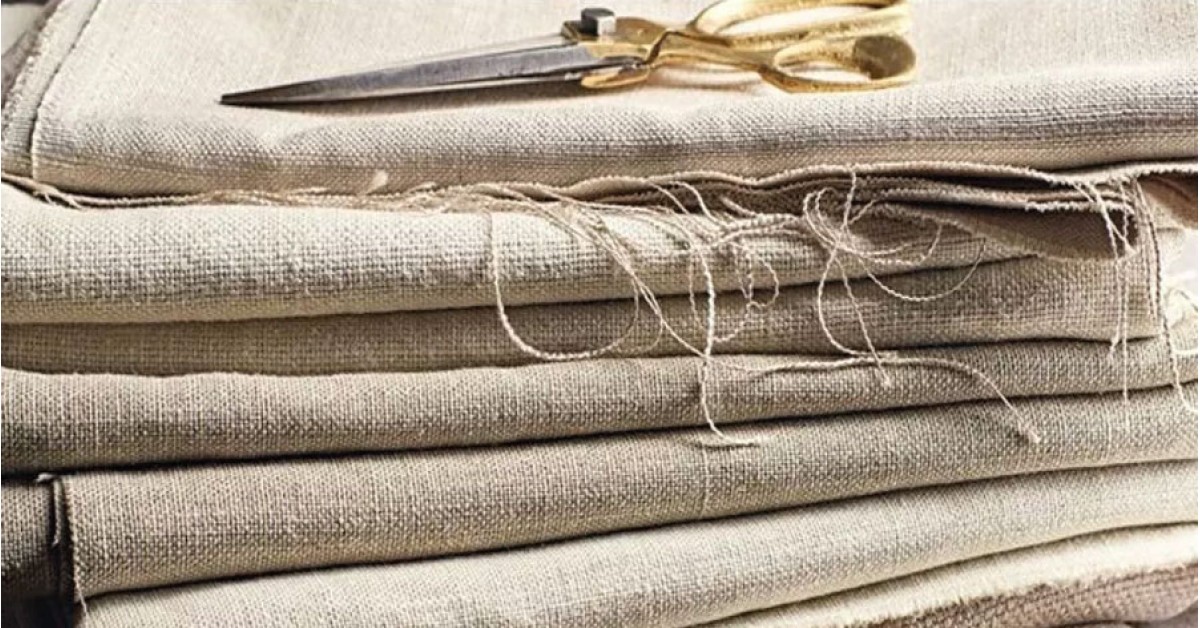Rustic interiors invoke feelings of natural, cosy spaces all whilst using traditional materials and designs. A well employed rustic styling is timeless, even in more modern homes. The style encourages original features and repurposed furniture to add an aged look but can combine with light, modern paints, wallpapers, and fabrics to form tasteful, updated spaces, ideal for older and listed homes.
Erring away from the term shabby chic, rustic styling is ideal for calming, tranquil spaces because the senses are utilised to form connections with the room, from the textures of the original wood to the sight of distressed furniture. If you would like to recreate this organic style within your home, we've put together a list of some key features which are crucial to pulling a rustic design off!
Traditional vs Modern Rustic Interiors
There are two kinds of rustic interiors. The traditional rustic style emphasises the older nature of its furnishings and structure by using traditional fabrics, rugs, and accessories to celebrate the designs of previous eras. Perfect examples of this would include the use of Persian-style rugs, wooden shutters or neutral shades, classic plaid and stripe fabrics within upholstered furniture or curtaining.
The modern rustic style contrasts in its fabrics and soft furnishings, using elegant drapery, plain woollen rugs and throws, and patterns with a modern twist on traditional designs to bring the style into the 21st Century. Both styles, however, benefit from having unique accessories, industrial style or neutral lighting fixtures, and an even blend of texture, pattern, and plain to craft coordinated spaces.

Rustic Designs Celebrate Original Features
The rustic style is perfect for listed homes and country cottages, as it celebrates the raw materials and personality of the building. This is rarely something which can be forced, listed homes and country cottages are ideal for the rustic treatment by their very nature. Having exposed beams or brick within the interior is ideal in capturing the natural, untreated elements which this style relies on. Showcasing the original brickwork, beams, and frames of the home forms innate, open spaces for perfect for a rustic style which breathes. Avoiding a look which becomes too cluttered is imperative.
Champion Original and Reclaimed Furniture
Similarly to emphasising original features within the home, antique or worn furniture and accessories further emphasise this raw aesthetic. Utilising wooden or iron bed frames generate more grounded, natural bases for fabric and soft furnishings to be arranged upon. Reclaiming old wardrobes, desks, and drawers provide the room with distressed, untreated statement pieces that are sustainable and affordable. Reupholstering furnishings such as chairs, ottomans, and footstools in traditional fabrics updates the item without taking away the rustic aesthetic. Traditional collections from designers such as William Morris or Abraham Moon are ideal for this.Wooden Flooring over Carpet
Though soft carpets do not detract from the rustic style, it is favourable to use hard flooring that follows the exposed material look. Remember, a good rustic style should look to emphasis a buildings existing features. If the floorboards under your carpets are in good condition, the simplest and most affordable way to achieve natural, wooden flooring is to sand the original floorboards and varnish them to craft the wood tone desired. These wooden floors can then be layered with rugs to generate a more comfortable and cosy appearance.





